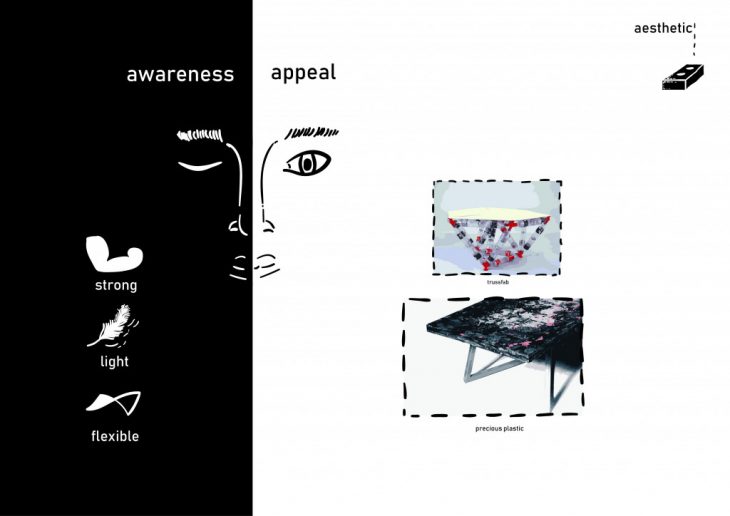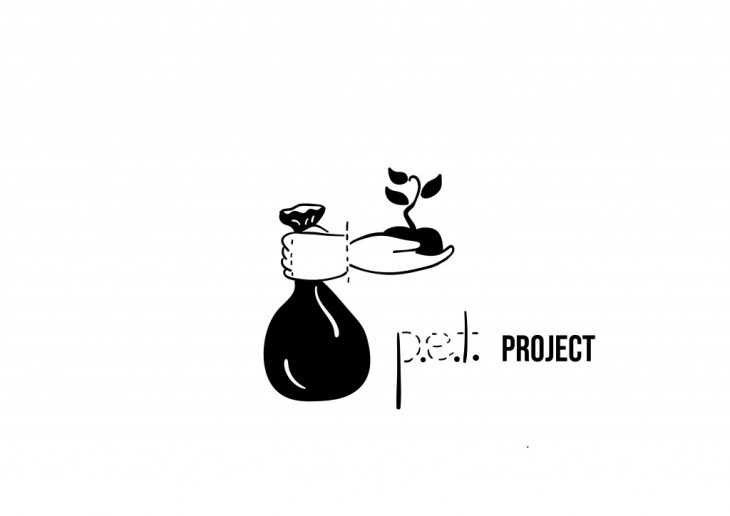
Current Statistics
Graphs taken from the living planet report shows a concerning drop in wildlife species. There are many factors contributing to this yet the most destructive of them is habitat degradation. On the other hand, waste is accumulating fast. This 2017 analysis shows that plastic waste is 13 percent of all Municipal Solid Waste. The analysis further shows that from all the recycled solid wastes only 3 percent is plastic and from all the landfilled solid wastes 19 percent is plastic coming in second after food waste. And from all of these plastic products packaging has the biggest mass. Nearly 161 million tonnes.
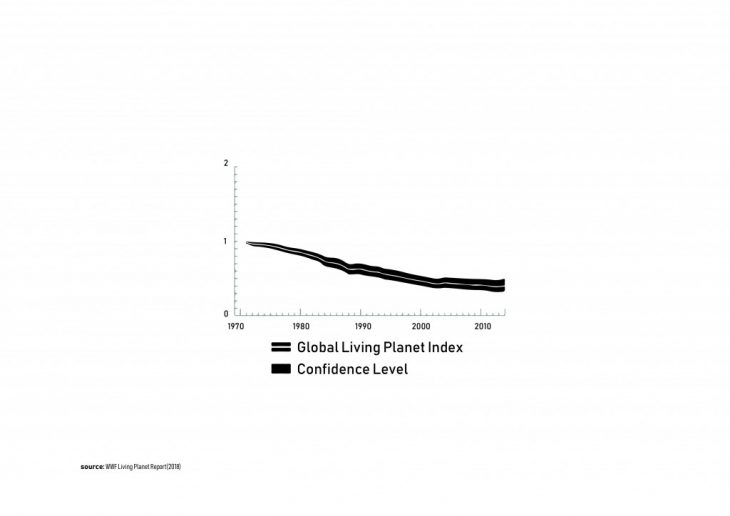

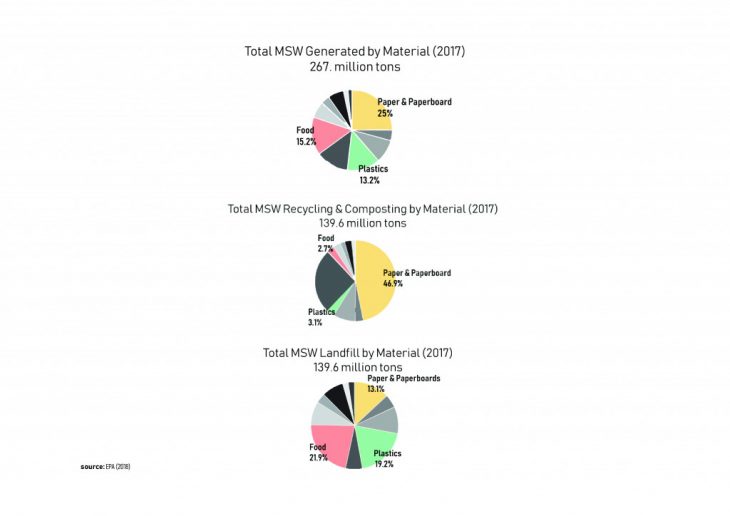
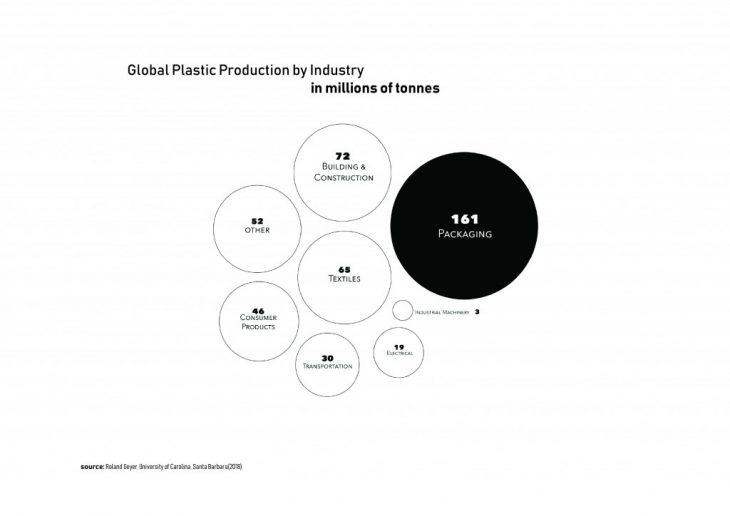
This project focuses on enhancing biodiversity and ecosystem services by utilizing single-use plastics in the city.
Single-Use Plastics were analyzed in 3 categories.
Physical Values, Social Values, and Aesthetic Values.
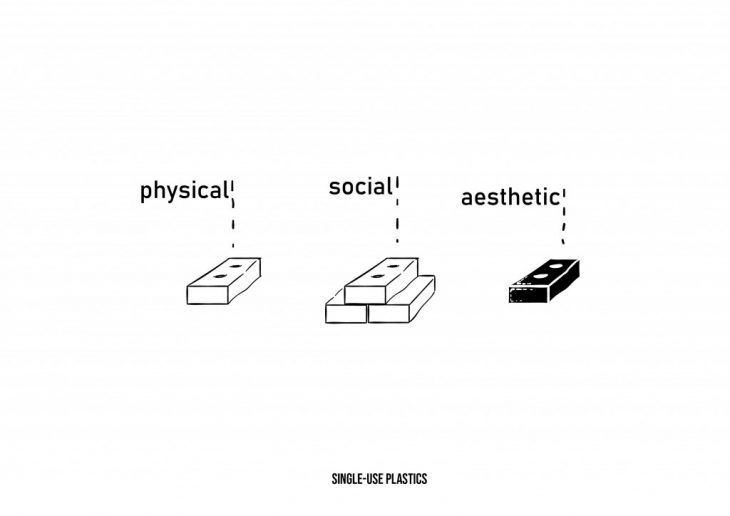
Aesthetic Values
It is important to understand that single-use plastics have a very bad reputation. They are seen as the culprits of many environmental disasters but the reality is these plastics are engineered materials with valuable properties. They are strong light and flexible. The only issue is with them being single-use meaning short term. So it is crucial to set awareness on the fact that these materials are valuable. Secondly, partly because of their reputation, their traditional shapes create an unattractive sight. And the best method to tackle this issue is to make their previous lives unrecognizable.
Social Values
Single-Use Plastics are household wastes. This means they are created in the cities by the citizens so this project targets small to medium enterprises with sustainable goals but more importantly the citizens. Since 2012 maker spaces have been gaining popularity. Today a citizen of a major city like Barcelona has the advantage of using expensive machinery and accessing sophisticated information. The data of this project is open-source and the tools can be recreated in any fablab, maker space, or hackerspace.
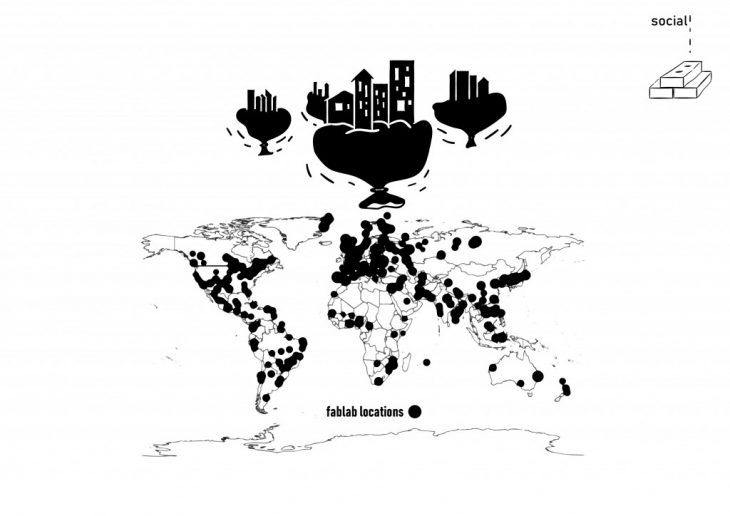
Physical Values
There are many single-use plastics but for now pet project focuses on the bottle. It is composed of two different plastic types: HDPE and PET. In addition to their usual material properties, they also possess additional properties from being manufactured. Hdpe bottle caps are injection molded meaning they were melted and injected into molds. This process reshapes the material but on a molecular level, the pattern doesn’t change. In PET and other thermoformed or blow-molded plastics, however, the process doesn’t include melting it includes heating and stretching so on a molecular level the pattern stretches and keeps the memory of its previous shape. This phenomenon is called Plastic Memory and it is an important part of this research.
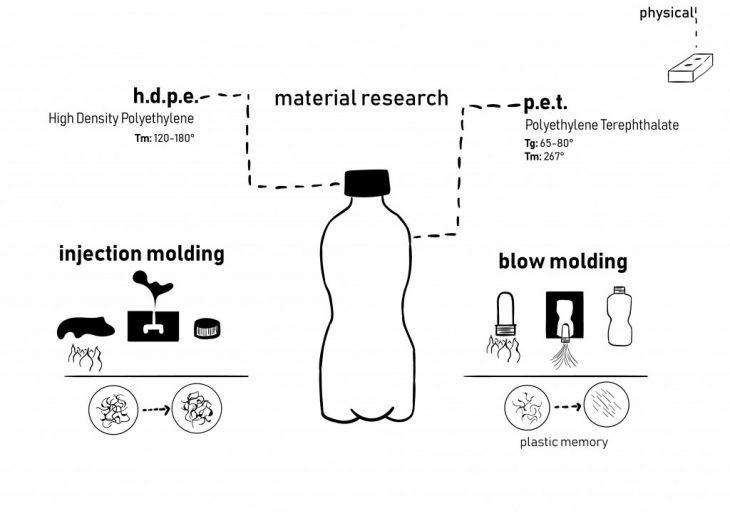
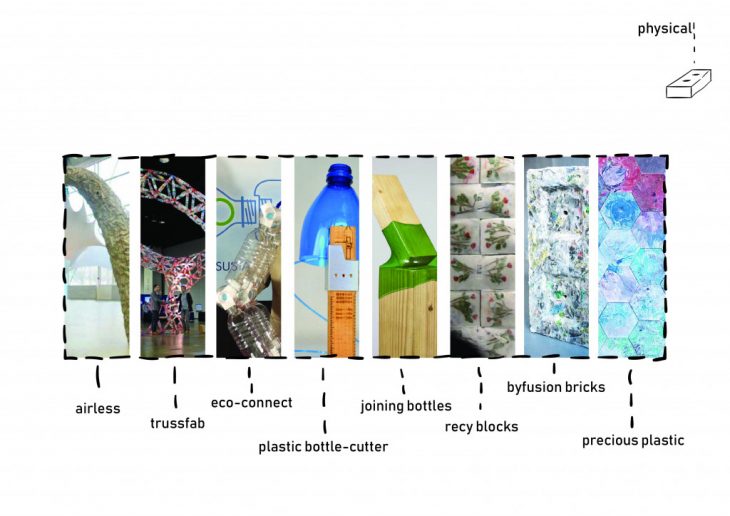
There are the projects that use the bottle as is like the Trussfab project, ones that modify it slightly like the joining bottles project where the plastic was shrunk over wooden pieces and also some, where the plastic is totally transformed like the precious plastic products.
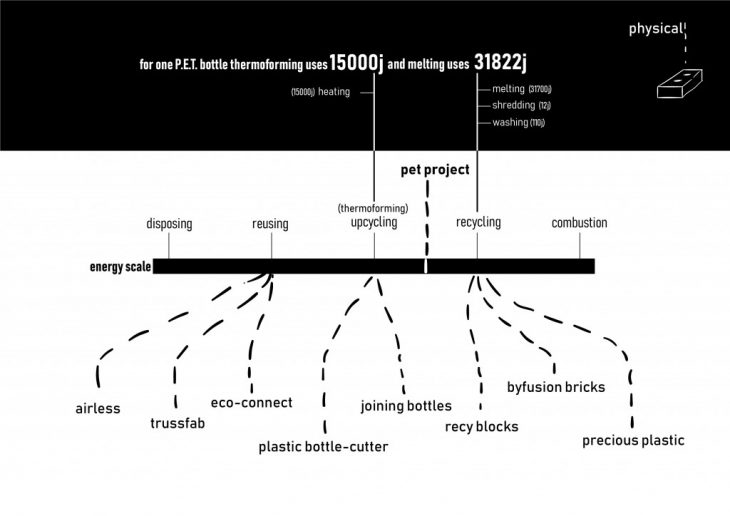
The Pet project lies in between upcycling and recycling trying to reduce as much energy possible while maintaining the balance between aesthetics and social values. Although the gap seems small, recycling one plastic bottle takes more than twice as much energy than upcycling it.
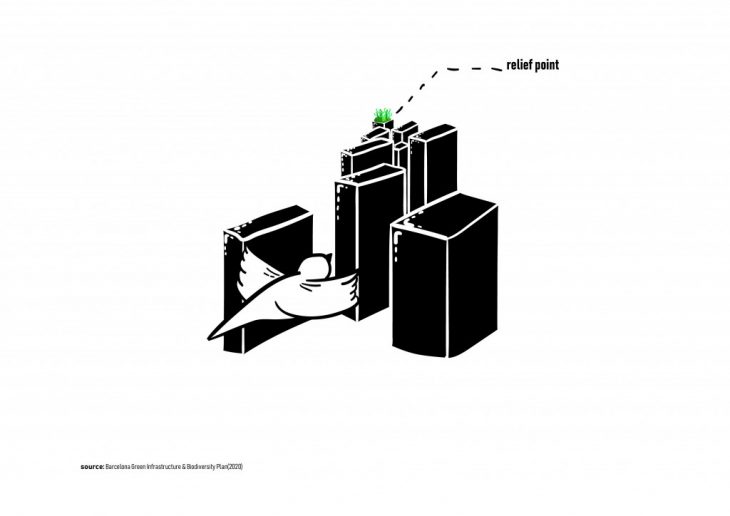 The city is one of the most fragile ecosystems and it is crucial to create relief points within, for natural ecosystems to thrive and strengthen biodiversity. Players of these ecosystems improve soil quality, water, and air regulation and they create climate change resilience. This research focuses on providing the flora for this fauna. The flora provides nectar and shelter for these beneficial insects and birds. For local fauna to thrive, the flora is chosen to be local as well. For design’s sake, the flora is a mix of shade-loving plants and sun-loving plants.
The city is one of the most fragile ecosystems and it is crucial to create relief points within, for natural ecosystems to thrive and strengthen biodiversity. Players of these ecosystems improve soil quality, water, and air regulation and they create climate change resilience. This research focuses on providing the flora for this fauna. The flora provides nectar and shelter for these beneficial insects and birds. For local fauna to thrive, the flora is chosen to be local as well. For design’s sake, the flora is a mix of shade-loving plants and sun-loving plants.
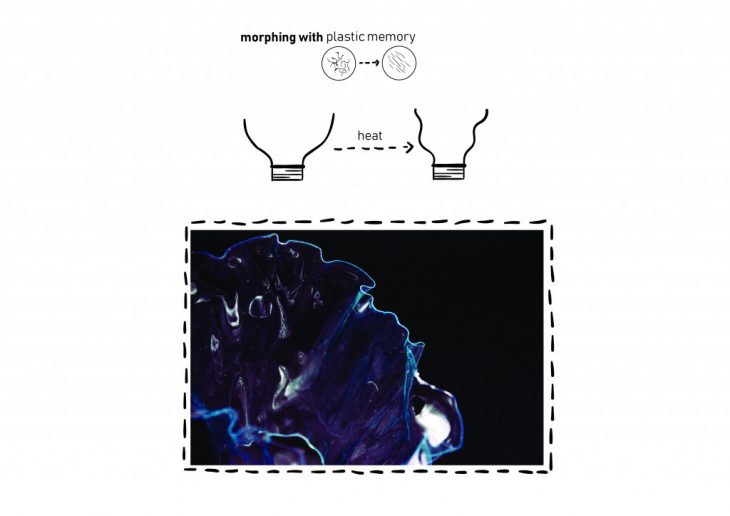
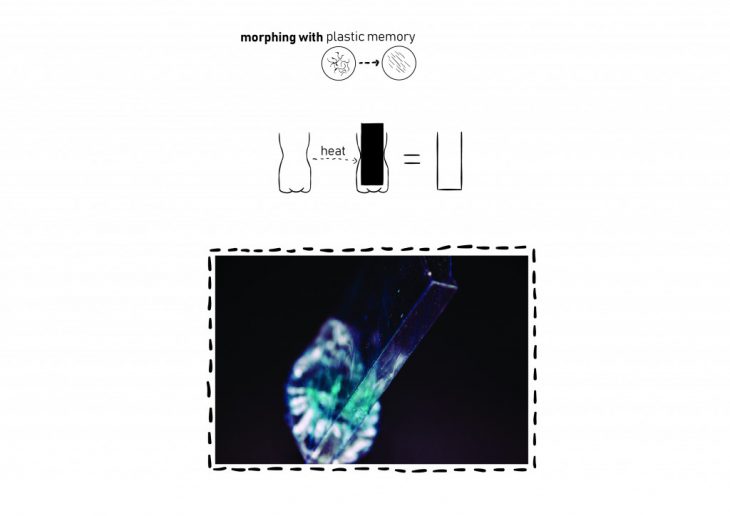
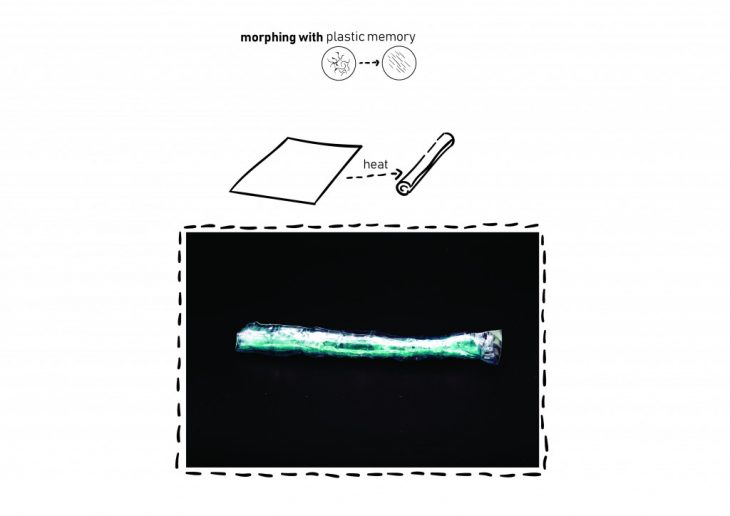
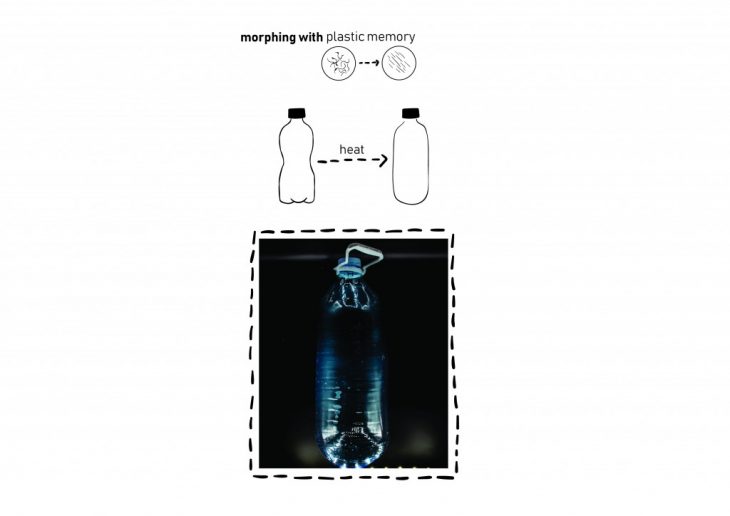
In the experiments above we see the effect of the plastic memory phenomenon in different settings. The results vary from uncontrollable to highly controllable end results. This research speculates that it might even be possible to blow mold the plastic bottle once more into more complex shapes.

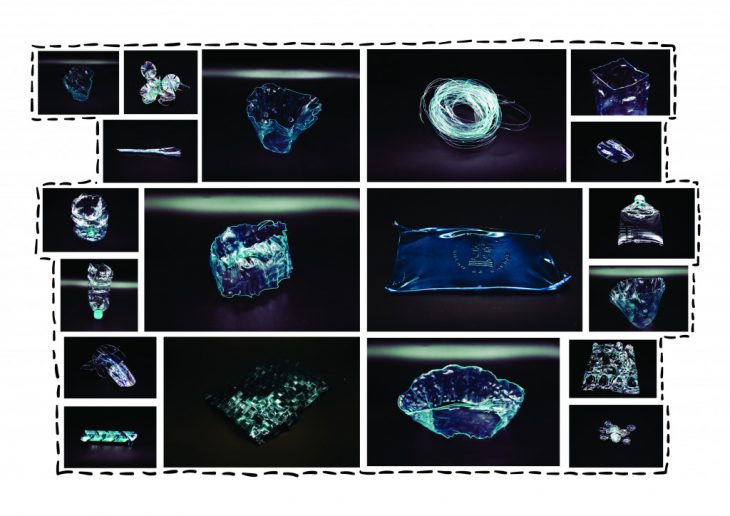
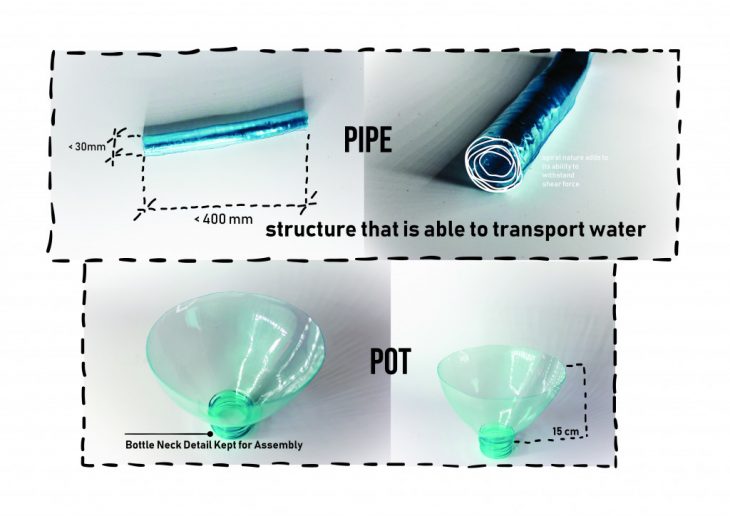
Two main elements were extracted from the experiments which are the pipe and the pot. The pipe has a length limit of 40 cm and a thickness limit of 3 cm unless extra material is added. The pipe is able to transport water and is a strong geometry thanks to its spiral nature. The pot is able to carry enough soil for a 20-30 cm tall plant.
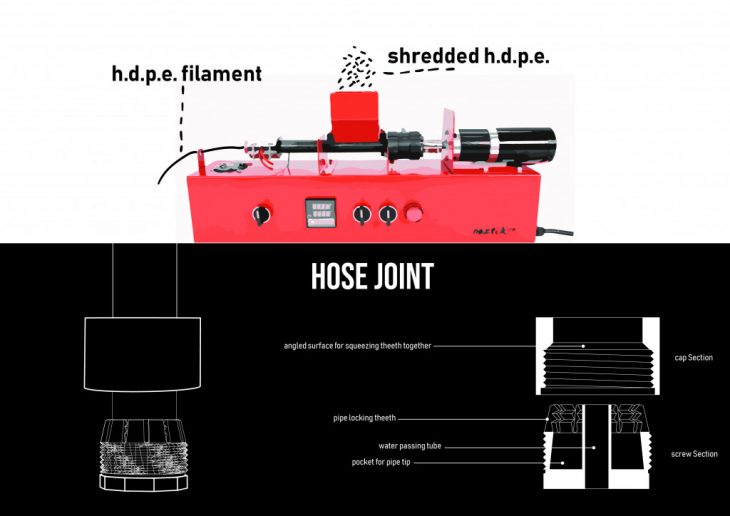
The joinery system is planned to be from the HDPE bottle caps. Above here is an HDPE filament maker one of which is present in the Iaac Fab Lab area. For the joinery, the classic hose joint has been modified. The teeth lock the pipe in place with an extra cap that squeezes the teeth together. 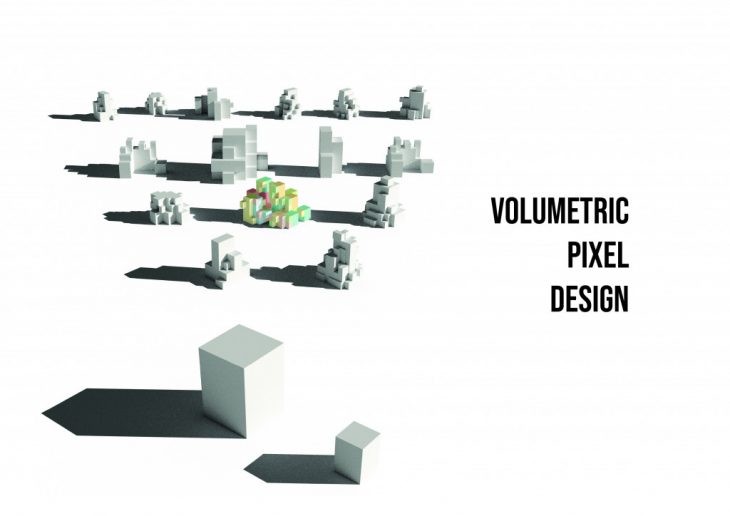
Since the elements of this research are restricted in size and are fairly similar A voxel Design approach has been adapted. 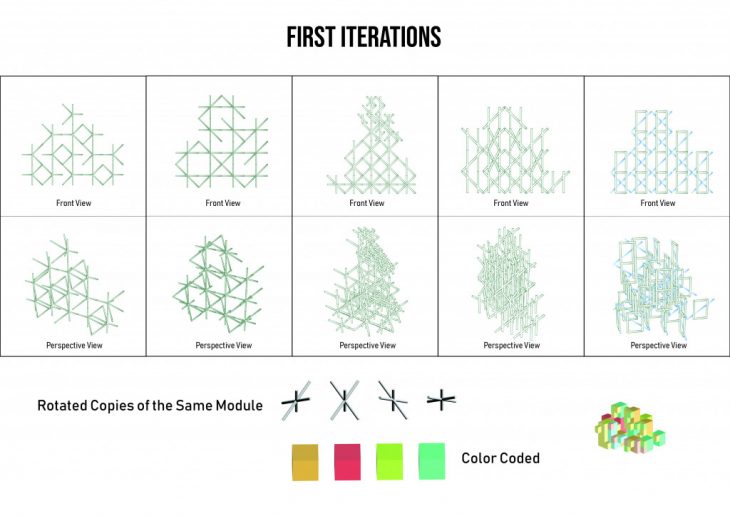
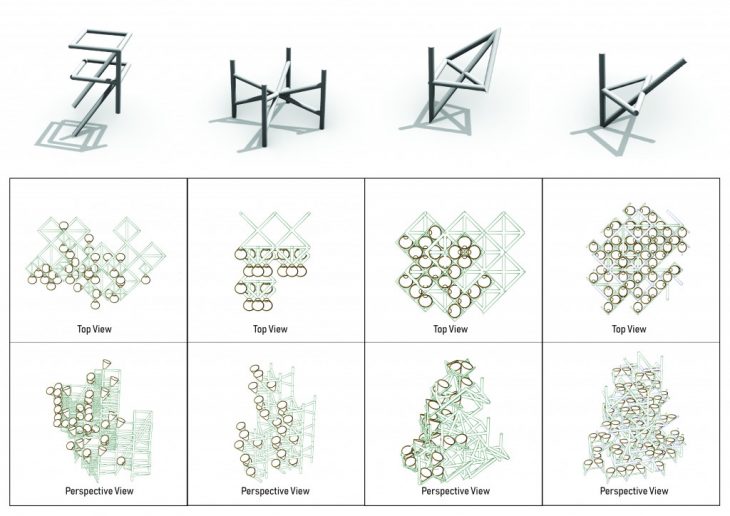
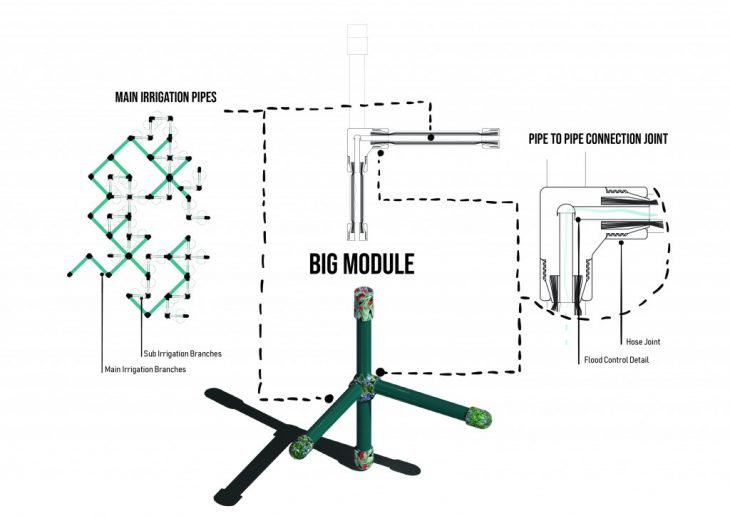
This is the final big module design. On the right, there are the horizontal pipes are the main irrigation. And the middle joint takes the excess water and transports it vertically through the system.
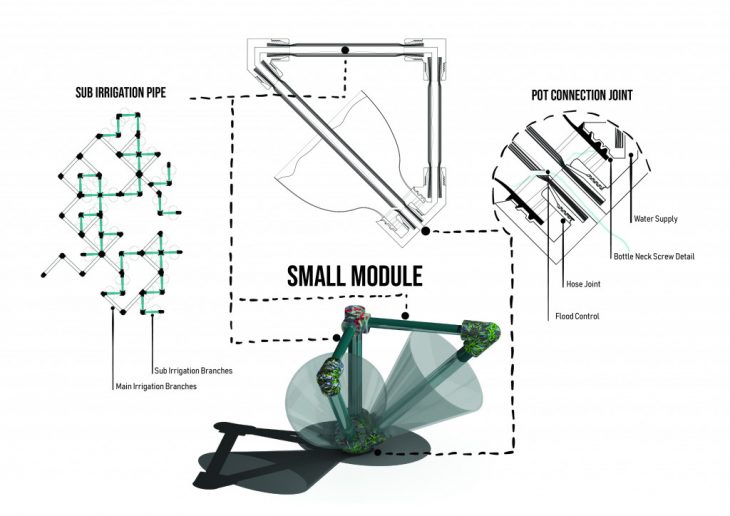
The final small module. The horizontal pipes again connect to the main irrigation and create a sub-irrigation system. The screw detail of the bottleneck has been kept and used to secure the pot to the system. There is a flood control detail added to the pot joint to remove all excess water to prevent root rot.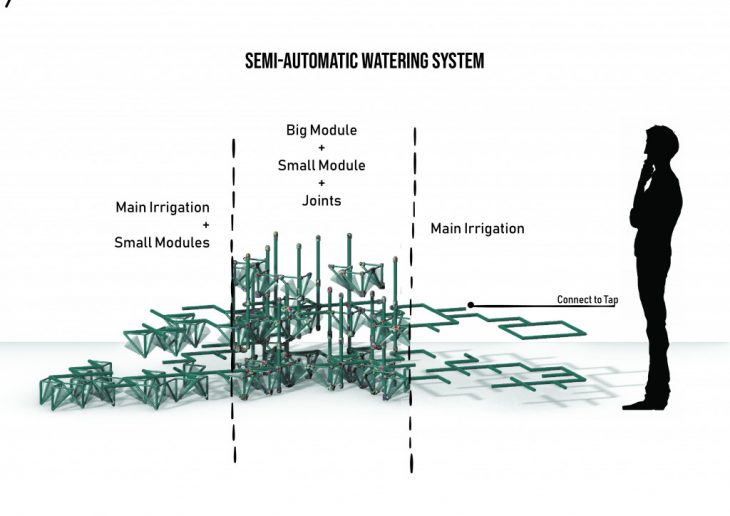
This design is a semi-automatic watering system meaning it connects to a tab from one point.
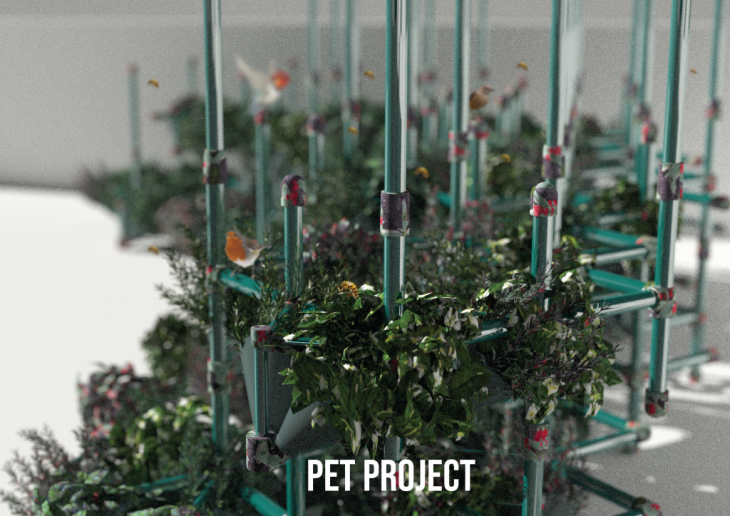
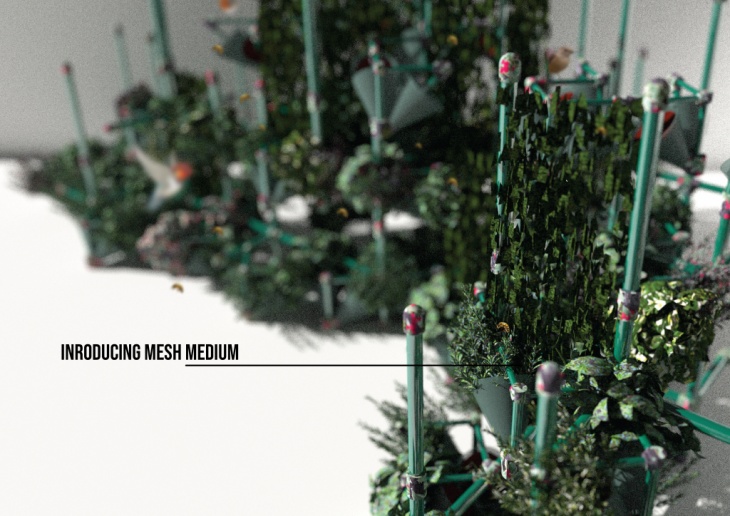
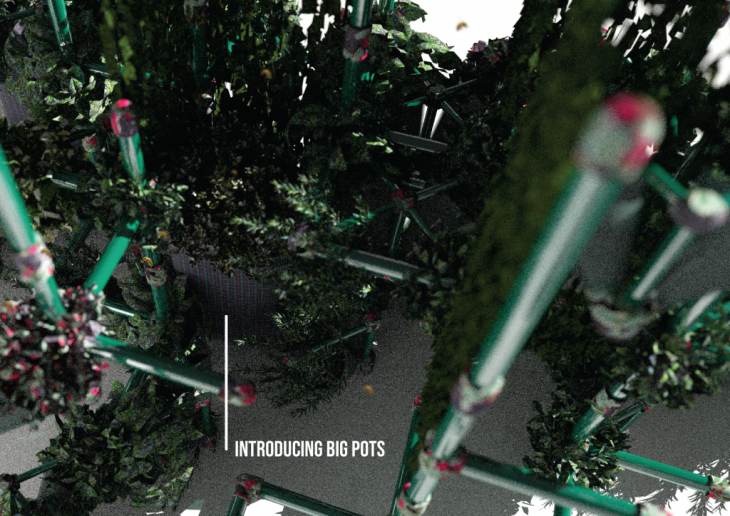
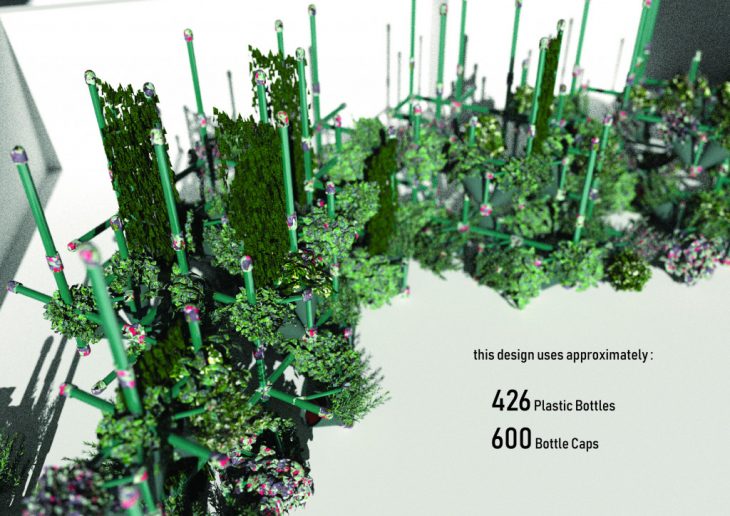
Project Advisor: Alexandre Dubor, Raimund Krenmuller
Researcher: Aysel Abasova
